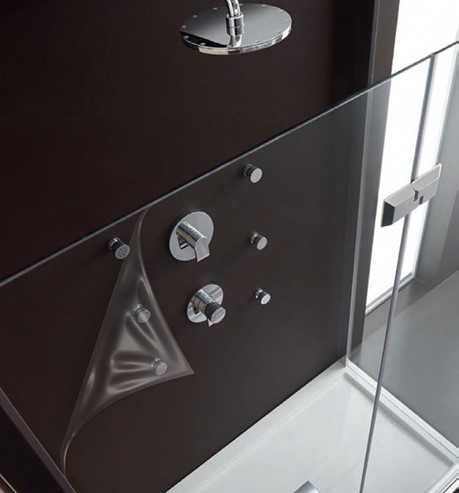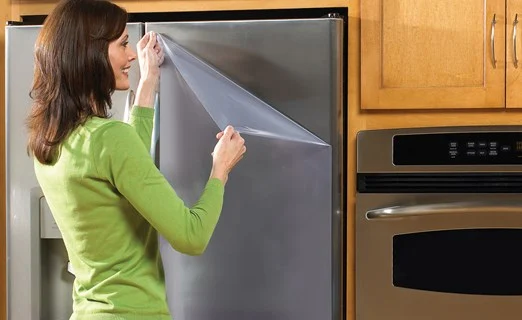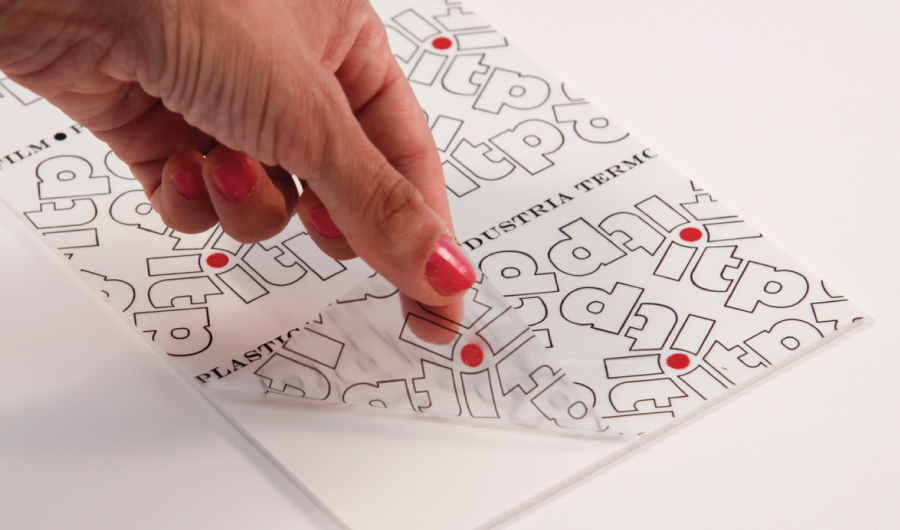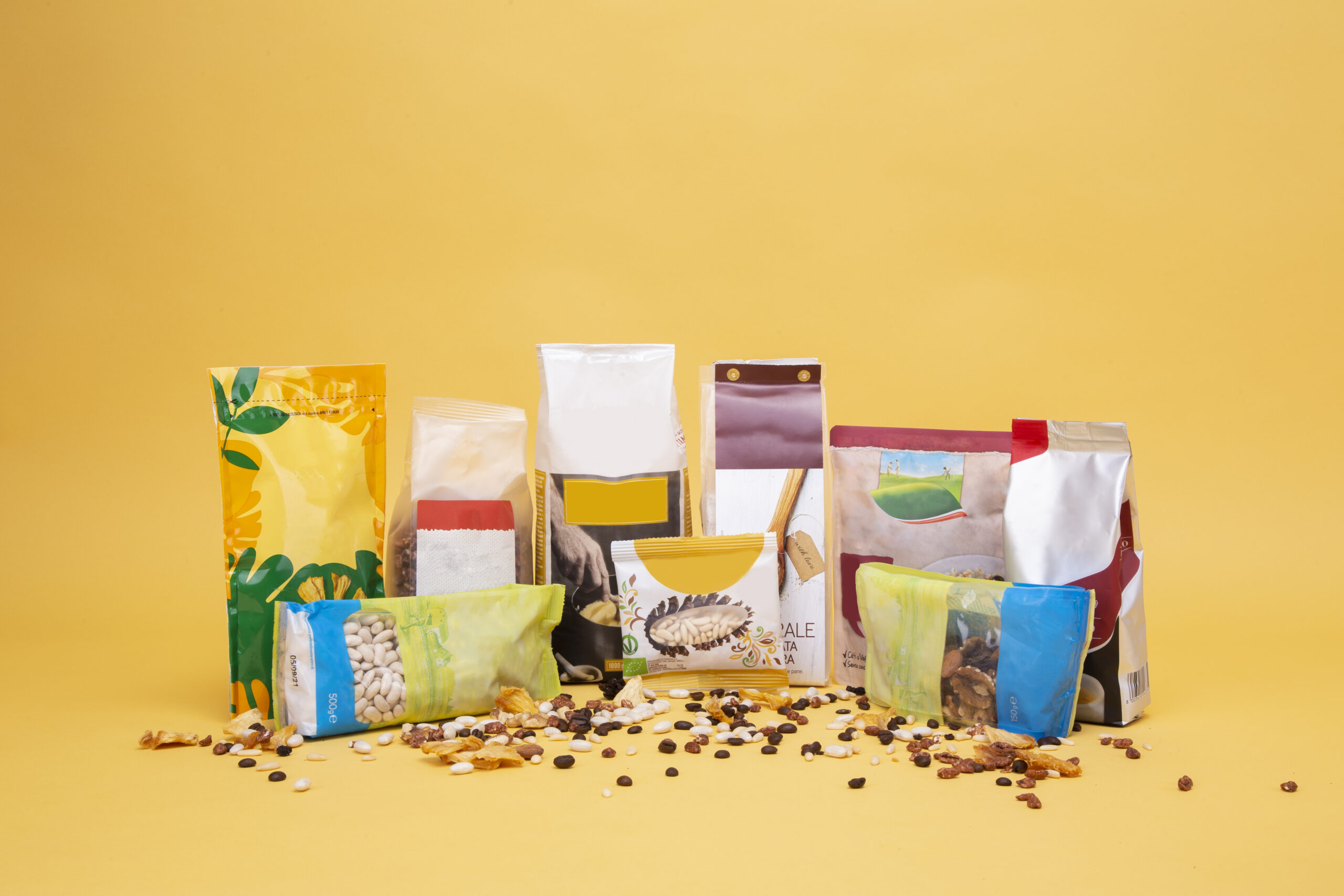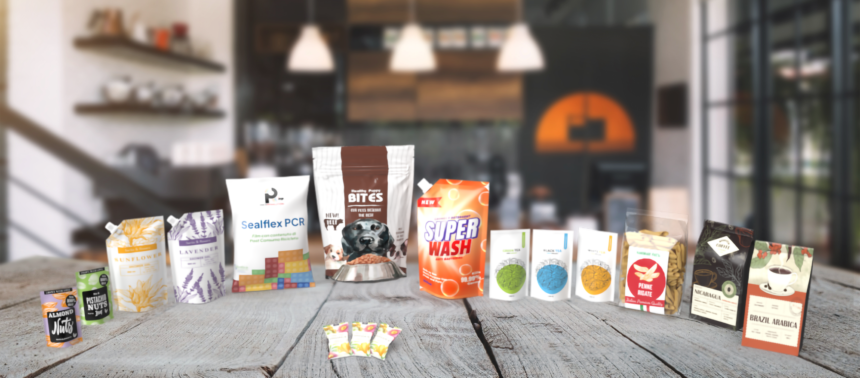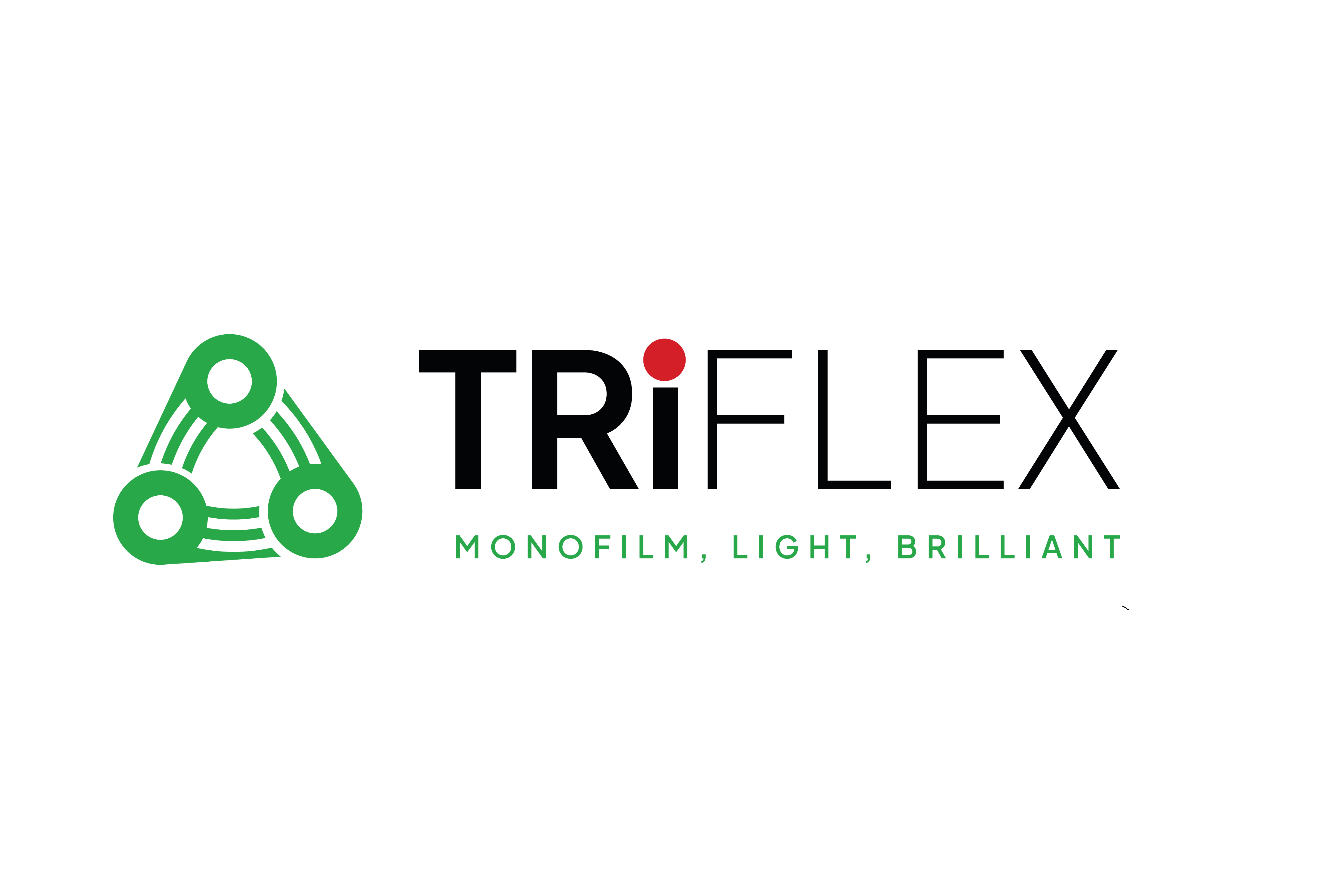Masking film


ITP’s logo payoff reads Innovative packaging solutions: at ITP we have always believed in innovation, which we have pioneered from the very beginning. For example, when we introduced to the market in the mid-1980s coextruded films for the protection of plastic sheets, including acrylic (Plexiglas) and polycarbonate (makrolon).
At that time, it was customary to protect sheets with polyethylene films coated with glue, but these left adhesive residues. Thanks to ITP’s innovative film, which adheres to the sheets thanks to a non-glue adhesive material, it was possible to circumvent the problem of glue residues.
This technology soon took over and today is the most widely used technology for the protection of plastic sheets in which ITP is one of the world leaders. To date we are present everywhere in the world, from Europe to the United States, from South America to the Orient, and even China. Markets that we serve either directly or through local distributors who for decades have shared our spirit of innovation, which drives us to develop new products that are increasingly high-performing and sustainable.
The history of ITP masking film
During the 1980s, we began to introduce coextruded films for surface protection to the market. Like any innovation, this took time, tenacity, perseverance and conviction.
In fact, we had to explain to our customers who were initially producers of double-walled polycarbonate, which was used for industrial constructions or greenhouses, that they could use a film that had different and better characteristics than what they were used to.
The advantages of ITP masking film
The new technology introduced by ITP left no residue on the sheets, which occurred using glue coated films.

ITP monitors the production process of surface protection films with state-of-the-art cameras to detect the presence of any imperfections.

At first it was complicated to persuade customers to move toward this technology, partly because the product range was not particularly wide. Later, having won the trust of first major players in the double-wall sheet market, ITP developed films also suitable for solid sheet protection.
This was thanks to the bubble extrusion technologies, which allow us to produce films with excellent mechanical strength characteristics, thus also suitable for solid sheet manufacturers especially if they are intended for thermoforming. In this way, we enabled our customers to avoid the removal of film from sheets that were used to produce thermoformed parts – such as bathtubs or parts of cars, parts of industrial vehicles (tractor engine hoods) and recreational vehicles (campers and caravans) -with obvious benefits in terms of quality perceived by end customers.
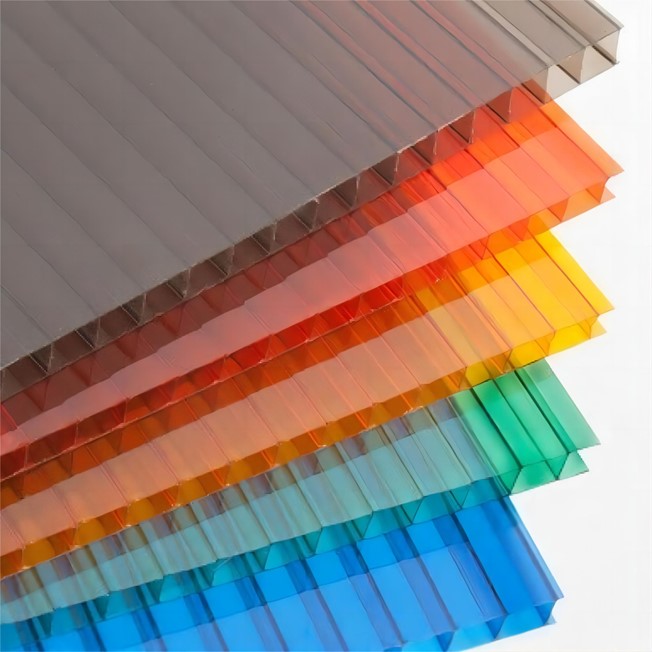
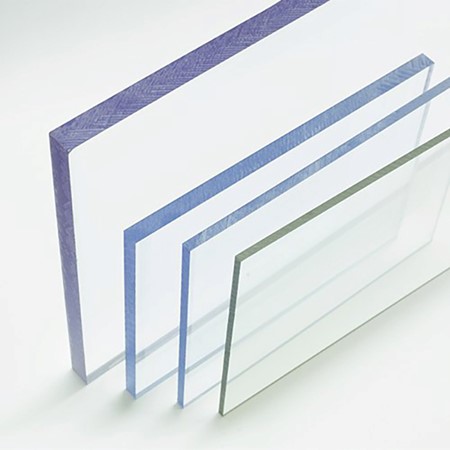
The different types of sheets
The double-walled one is an extruded sheet composed of several layers, with voids between each layer making it extremely light.
The solid sheet, on the contrary, has no voids within it; it is composed entirely of plastic material and is therefore heavier. As a result, it requires greater scratch protection; therefore, the performance required of to the film is more complex.
In addition, in several applications the solid sheet is thermoformed: the film at this point must withstand a process of heating and forming, at the end of which it must be removed from the sheet without having damaged its surface.
In contrast, double-walled sheets are not thermoformed; the film merely serves a protective function.
ITP masking: the ever-evolving film
Lo sviluppo non si è mai fermato: abbiamo aperto mercati nuovi in aree del mondo impensabili per quei tempi. Già a partire dalla metà degli anni ‘90, ITP esportava questi materiali negli Stati Uniti ed in Asia: siamo stati primi e unici fornitori europei di colossi dell’industria delle lastre in acrilico in Giappone e in Thailandia.
L’evoluzione continua nei film masking è stata una sfida costante con un’asticella che si è andata via via alzando, perché da una semplice protezione della superficie si è passati a richiedere al film masking un comportamento che talvolta è ai limiti della fisica del materiale.
Il materiale infatti deve essere duttile ma resistente. Deve presentare un’alta adesione per consentire la movimentazione delle lastre senza che il film si rimuova spontaneamente, ma poi deve essere semplice da rimuovere, in particolar modo dopo la termoformatura – e quindi dopo avere subito un processo termico. Per determinate applicazioni quali la stampa digitale o l’optoelettronica, oppure per la specchiatura delle lastre, il film non deve lasciare alcun tipo di residuo sulla superficie.
Se in origine i clienti necessitavano semplicemente di qualcosa che proteggesse le loro lastre dal graffio, nel tempo il film è diventato parte stesso del prodotto. Il masking film è molte volte il biglietto da visita delle lastre: non importa solo la qualità nella produzione di lastre; se il film non è adeguato, non c’è mercato per le lastre. Quindi ITP ha assunto lo status di partner dei clienti, perché senza un masking adeguato i loro prodotti non sarebbero idonei al mercato.
Il nostro film, quindi, non viene considerato un packaging, ma parte stessa del prodotto finale.
Development never stopped: we opened up new markets in areas of the world unthinkable for those times. As early as the mid-1990s, ITP was already exporting these materials to the United States and Asia: we were the first and only European suppliers to giants in the acrylic sheet industry in Japan and Thailand.
The continuous evolution in masking films has been a constant challenge with a raising bar, because from simple surface protection we have moved on to require from the masking film a behavior that is sometimes at the limits of the physics of the material.
In fact, the material must be ductile but tough. It must have high adhesion to allow the plates to be handled without the film spontaneously removing itself, but then it must be easy to remove, especially after thermoforming-and then after undergoing a thermal process. For certain applications such as digital printing or optoelectronics, or for plate mirroring, the film must not leave any kind of residue on the surface.
While originally customers simply needed something to protect their plates from scratching, over time the film has become part of the product itself. The masking film is many times the calling card of the plates: it is not only quality that matters in plate production; if the film is not adequate, there is no market for the plates. So ITP has taken on the status of partnering with customers, because without proper masking, their products would not be suitable for the market.
Our film, therefore, is not considered packaging, but part of the final product itself.
Communicating by protecting: film as a marketing tool
Over the years, customers have begun to see protective film as an opportunity to strengthen their brand identity. This idea led to the possibility of printing one’s own logo on the masking film.
In addition to a marketing benefit, this practice also offers a technical benefit by allowing instructions for plate use to be placed directly on the protective film.
Today, leading manufacturers worldwide have a line of plates equipped with protective film customized with their logo.
Why choose ITP masking films
ITP’s main strength lies in having pioneered the development of this film, demonstrating the tenacity and courage to introduce a completely new and so far nonexistent product to the market.
Tenacity that allows us to continue to provide the highest level of support to our customers: we still guarantee one of the shortest production lead times on the market.
We also have a strongly motivated and highly professional customer care team that does more than just handle orders. Team members are thoroughly trained in the application of the film and its uses, thus being able to offer first qualified technical assistance to customers.
Another of our strengths has always been our flexibility, guaranteed by a short hierarchy chain, which has its main implementation in the training of non-purely commercial figures: our sales – sales technicians – are required to have such skills as to make them the first and main contact with customers, able to respond to their requests quickly, without the need for intermediaries. Clearly, to support them ITP has a structure of specialized technicians.
Another key aspect of ITP’s success is the heavy investment in research and development, with the creation of a well-equipped laboratory at the disposal of a team of specialists, which enables us to offer customers the best solutions quickly.
What distinguishes us from our competitors is precisely the fact that ITP on many occasions offers customers taylor-made films, tailored to their needs, and not generic products that might be adequate but are not the optimal solution for the specific application.
Applications of ITP masking film
Technology we have today is mainly applied on plates in:
- Cast PMMA
- Extruded PMMA
- Double-walled polycarbonate
- Solid polycarbonate
- GPPS – General purpose polystyrene
- HIPS – Shockproof polystyrene
- ABS/PMMA
- PET
- PETG
- Solid PVC
- Glass
- Prepainted sheet metal
- Aluminum
- Stainless steel

